Clanking noises, vague steering doesn’t fill you with confidence as you give your ATV the beans on a dirt trail.
To check ATV ball joints, lift and support the chassis. Ball joints are fitted to steering and suspension components. Test procedure differs for both.
In this post, you’ll learn how to check the ball joints of your ATV, how to change them, the tools you’ll need, and some mechanics hacks.
Page Contents
Ball joints, as you know, are fitted to your suspension but also your steering components. You could argue they are the most important component of your ATV. And although they are a common repair on ATVs, total failure of a ball joint is rare.
A dangerously worn ball joint will make its presents known for quite some time before it lets go. Fitting oversized wheels and tires while adding stability shortens the life of ball joints. The added weight and stress take their toll on the ball joints.
Testing a steering ball joint is slightly different from testing a suspension, only in so far as they are loaded differently.
I like to first ride the bike and listen for any unusual squeaks or clanking noises, and I’ll feel for excessive pulling or vagueness in steering. All ball joints have a rubber boot that contains grease. It’s designed to lube and protect the metal ball and socket from water and grit. Stiff steering is a common symptom of a seized ball joint (usually the lower A-arm).
In the workshop, I’ll jack and support the front of the vehicle. I go ahead and visually inspect the rubber boot for tears or any sign of leaking grease. A torn boot, as you can imagine, allows water and grit in, which does two things, causes corrosion and premature wear. Finding a tear or grease means this ball joint is either already worn or soon will.
I go ahead and visually inspect the rubber boot for tears or any sign of leaking grease. A torn boot, as you can imagine, allows water and grit in, which does two things, causes corrosion and premature wear. Finding a tear or grease means this ball joint is either already worn or soon will.
To test the joint, we’ll grab the wheel at six o’clock and rock it top to bottom. If you sense free-play or feel a definite knock, you’ve found a worn ball joint.
A worn wheel bearing is possible too, so you may need to verify a ball joint and you can do that by placing your fingers on the ball joints while a helper rocks the wheel. Movement will be felt in the worn joint.
Your ATV may have several ball joints on the steering system (more on that later), but it will have a ball joint at the wheel knuckle, and it’s known as a tie rod end. The test drive will usually show some vagueness in the wheel if you have steering ball joint wear.
To test steering ball joints, grab the tire at 3.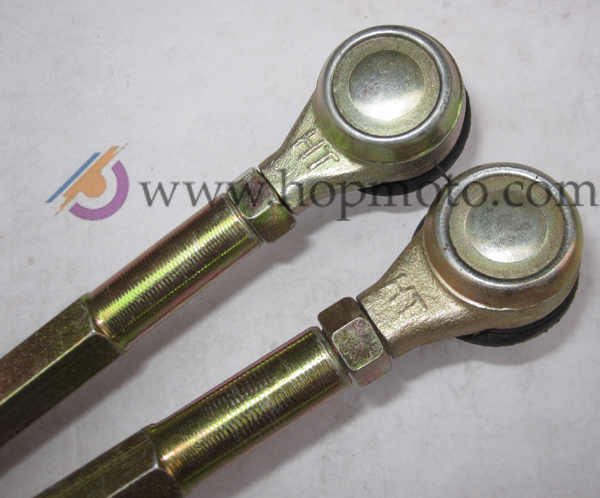 15 and move it from side to side. If you sense free play or feel a knock, you have a worn ball joint.
15 and move it from side to side. If you sense free play or feel a knock, you have a worn ball joint.
You’ll need your helper again, have them move the wheel side to side while you watch and feel each joint.
ATV steering systems will employ several ball joints, and so you will likely have inboard ball joints to check too. It’s not unusual to find all the ball joints worn to some degree. It’s OK to replace the worst joints, but the mechanic in me wants to say change them all out.
Ball joints aren’t all the same. You know that. Replacing a suspension control arm (A-arm) will differ from a steering tie rod end ball joint.
An A-arm ball joint is pressed, fitted into the arm, and secured with a C clip. Removing these guys can be done with basic household tools, but it will require removing the A-arm from the bike. The correct tool for the job is a bushing puller, it saves removing the A-arm and makes the job move like butter. But for the purpose of this guide, we’ll go MacGyver style.
But for the purpose of this guide, we’ll go MacGyver style.
Replacing either upper or lower ball joint goes like this:

If you have access to a shop press, you can eliminate all the hammering.
Note: When refitting the A-arm chassis bolts, don’t tighten until the weight of the bike is resting on the ground.
Replacing the steering a tie-rod ball joint is a lot less work than an A-arm suspension ball joint.
The procedure goes like this:
When fitting the new tie rod, use the witness mark of the old to position the new. Ideally, the bike should be aligned after fitting steering components.
Ideally, the bike should be aligned after fitting steering components.
You may find these posts useful also:
Does ATV tire width matter?
How often should I service an ATV?
John Cunningham
John Cunningham is a technical writer here at ATVfixed.com. He’s a Red Seal Qualified Service Technician with over twenty-five years experience. He’s worked on all types of mechanical equipment, from cars and trucks to ATVs and Dirt bikes.
No matter how new or old your ATV might be, having a maintenance checklist is an important part of responsible ATV ownership and riding. Before hitting the trail, you have to perform a pre-ride inspection to determine which parts may need to be adjusted, aligned, lubricated, tightened, or even replaced. Of all the items you should check regularly on your ATV, the steering is one of the most important and often overlooked. Some of the small items in an ATV’s steering assembly, such as the ball joints, tie rod ends, and wheel bearings, can wear pretty fast on a machine that is used often. Fortunately, this guide will teach you the basics of inspecting your ATV’s steering to provide the peace of mind that comes with knowing your favorite machine is in tip-top shape and ready for the trail.
Some of the small items in an ATV’s steering assembly, such as the ball joints, tie rod ends, and wheel bearings, can wear pretty fast on a machine that is used often. Fortunately, this guide will teach you the basics of inspecting your ATV’s steering to provide the peace of mind that comes with knowing your favorite machine is in tip-top shape and ready for the trail.
Ready to start inspecting the steering mechanism of your all-terrain vehicle? Find a level spot in your garage or the driveway. Place some kind of wheel chocks behind the rear wheels to keep the vehicle from rolling away, especially on a slope. Using a jack with an appropriate capacity, lift the machine up using the center of the chassis in the front. Place the jack on the flattest part of the chassis up front but far enough back so that it doesn’t slide back once it is lifted in the air. Lift the ATV so that the wheels are barely off the ground and they can spin freely. Put both hands on each wheel, at approximately the 9 and 3 o’ clock positions. Gently push the wheel to the front and back, simulating the steering motion. You will want to look for any troublesome signs, such as looseness. Place your hand at the 12 o’ clock position on the wheel and push in at the top to reveal loose wheel bearings. If there is any movement at the slightest touch, you may have a wheel bearing issue on your hands. You should also hold the upper and lower control arms to the wheel hub or steering knuckle, pull out, and push in at the bottom of the wheel to observe the arms and reveal loose ball joints. Don’t forget to check the interior side of your wheels where they connect to the ATV for damage or weathering.
Gently push the wheel to the front and back, simulating the steering motion. You will want to look for any troublesome signs, such as looseness. Place your hand at the 12 o’ clock position on the wheel and push in at the top to reveal loose wheel bearings. If there is any movement at the slightest touch, you may have a wheel bearing issue on your hands. You should also hold the upper and lower control arms to the wheel hub or steering knuckle, pull out, and push in at the bottom of the wheel to observe the arms and reveal loose ball joints. Don’t forget to check the interior side of your wheels where they connect to the ATV for damage or weathering.
Bad Ball Joints: A ball joint is the part of a steering mechanism that connects the ATV’s wheels to the suspension system. More specifically, the ball joints connect the control arm of an ATV to the steering knuckle. As with all ATV parts, ball joints can wear out fast due to extreme weight or regular use. Bad ball joints may produce clunking noises that come from the front suspension that get continuously louder until they completely fail and break.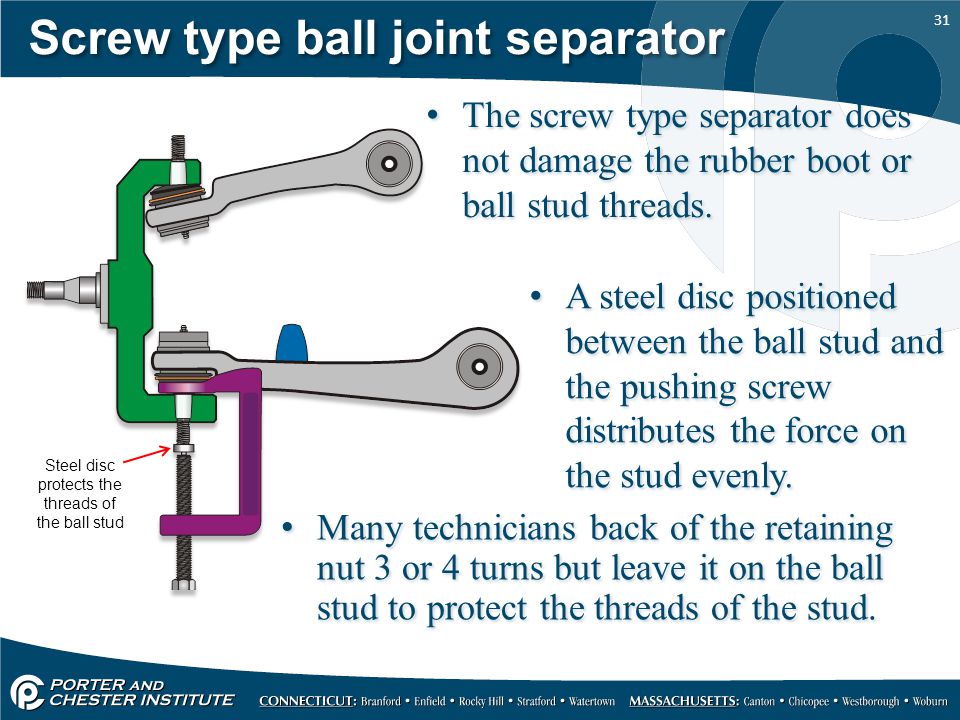 If you start to notice uneven tire wear or that your steering wheel is wandering to the side, your ball joints may need to be replaced.
If you start to notice uneven tire wear or that your steering wheel is wandering to the side, your ball joints may need to be replaced.
Tie Rod Ends: When the tie rod ends in the steering mechanism of an all-terrain vehicle start wearing down, it is practically guaranteed that mysterious noises are soon to follow. These internal components are the part of a steering mechanism that transmit force from the steering center link to the steering knuckle, causing the wheels to turn. When the tie rod ends are on their last leg, they may have a drastic effect on handling and overall stability. A worn-out tie rod end can mess with the suspension’s geometry, cause the wheels to fall out of sync, produce a popping sound on hard turns, and make the steering seem loose or shaky at times. You might also have trouble maintaining a straight line. Should you start noticing any of these symptoms, it is time to replace your failing tie rod ends with an OEM equivalent.
Wheel Bearings: Wobbly wheels can quickly ruin a perfect good day on the trail, but they can also increase the potential for accidents and injuries.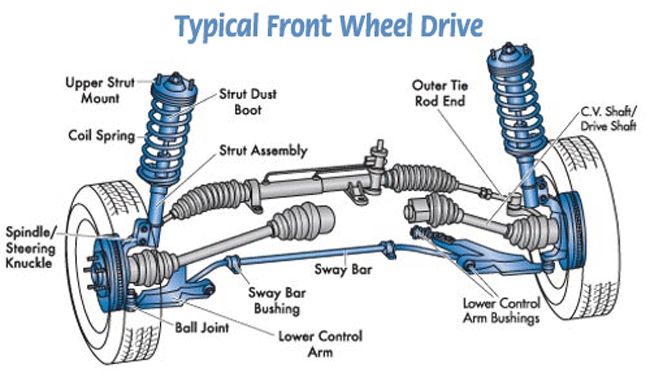 A bad wheel bearing typically produces a snapping clinking noise, especially when making sharp turns. Occasionally, a bad wheel bearing can make a harsh grinding sound or rumbling noise that is caused by vibration or damage and calls for immediate replacement. If your ATV tends to pull to the side when braking, this may mean that your calipers are defective or the wheel bearing is excessively loose. Uneven tire wear and wobbly tired are also tell-tale signs that your bearings need attention. Luckily, replacing your wheel bearings is relatively simple!
A bad wheel bearing typically produces a snapping clinking noise, especially when making sharp turns. Occasionally, a bad wheel bearing can make a harsh grinding sound or rumbling noise that is caused by vibration or damage and calls for immediate replacement. If your ATV tends to pull to the side when braking, this may mean that your calipers are defective or the wheel bearing is excessively loose. Uneven tire wear and wobbly tired are also tell-tale signs that your bearings need attention. Luckily, replacing your wheel bearings is relatively simple!
When you need nothing but the best in affordability and quality to meet the needs of your particular ATV model and year, we have all those needs covered with a vast selection of OEM parts for Can-Am all-terrain vehicles. If you have any questions about inspecting your ATV’s steering or need help finding the right replacement parts, please feel free to contact Can-Am Parts Nation today for additional information or further assistance.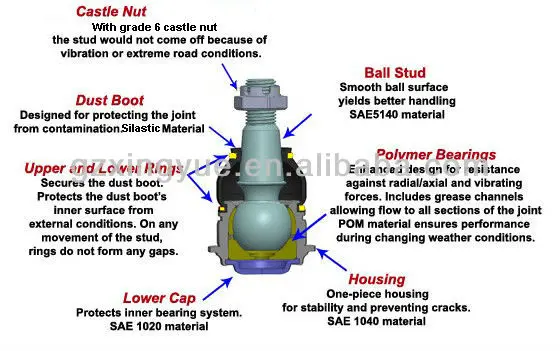 We are happy to help!
We are happy to help!
Buying a quadric is a simple matter. However, this technique requires special attention and regular maintenance of all nodes and elements. This is especially true for the ball joint.
The ball joint of an ATV is an extremely important element of the suspension of this motorcycle, on the serviceability and stability of which even the life of a rider can directly depend. Therefore, timely maintenance and repair of this component must be given maximum attention.
Due to the extreme operating conditions of an ATV, the ball joint may fail more often than on other types of motorcycles. The impact on it of abrasive substances of the road surface also plays a role in the wear of this element.
Ball joint on ATV stealth consists of the following components:

Since the ball joint undergoes significant dynamic loads during the operation of the ATV, the presence of too much clearance between the parts, which is most often found in Chinese motorcycles, can significantly reduce its service life. Please note that the ball joint is present on both full-size and children's models of ATVs. In both cases, it is very important to monitor its condition by performing timely repairs and maintenance.
When this element of the vehicle suspension is worn out, during its movement, the driver begins to hear suspicious sounds, such as knocking or crackling. There is also a noticeable wobble in the steering wheel.
Before repairing a 150cc ATV ball, it must be disassembled. On some models of such motorcycles, the hinge has a collapsible design, making it easy to get to worn parts and replace them. Most often, motorists need to replace the anther, liner and lubricant.
ATV ball joint repair with a one-piece joint is carried out as follows:
 If necessary, it must be replaced with a new one;
If necessary, it must be replaced with a new one; After performing this repair with a partial redesign of the ball joint, you can significantly improve the factory performance of this functional ATV component. Now, in case of wear, it will be enough to slightly tighten the liner, thereby significantly extending the life of the ball vehicle.
We recommend that you lubricate the hinge in a timely manner using high-quality oil, and do not save on buying a good silicone boot. Therefore, if you decide to purchase adult motorcycles or buy an ATV for a child, be prepared for the fact that you will have to pretty delve into its insides.
The replacement of the ball joint on the ATV is necessary when it is not possible to repair it. This component of the motorbike breaks down both due to wear and tear over a long period of operation, and as a result of liquid and dirt getting inside the boot. That is why it is required to lubricate the ball components from time to time, and change some of them as needed.
As soon as it became clear that something was wrong with the ATV ball, it is recommended to solve this problem as soon as possible, since its malfunction can cause many other more serious breakdowns of motorcycles.
Replace the ball motorbike as follows:
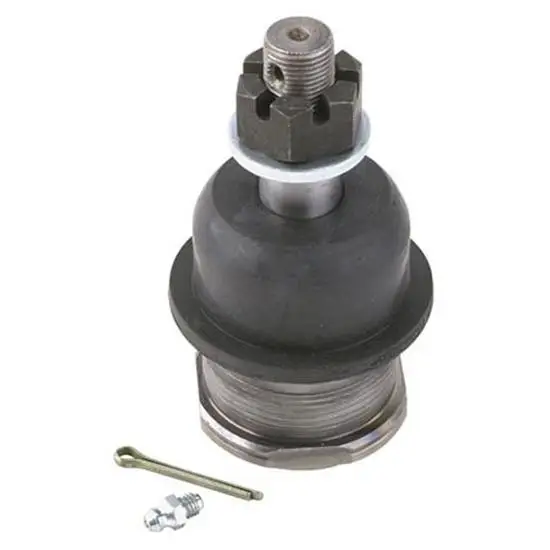 After that, this part will also need to be removed;
After that, this part will also need to be removed; When assembling a motorcycle, pay special attention to the integrity of its rubber cuffs, as well as the presence of abundant lubricant on all functional units.
Both repair and replacement of ATV ball joints, with certain skills, can be done on your own. If you doubt that you can perform such manipulations with your own hands, then the best solution would be to contact a service center for help.
05/29/2021 1497
Suspension. Shock absorbers must be free of oil, and CV boots must be free of holes through which moisture can enter.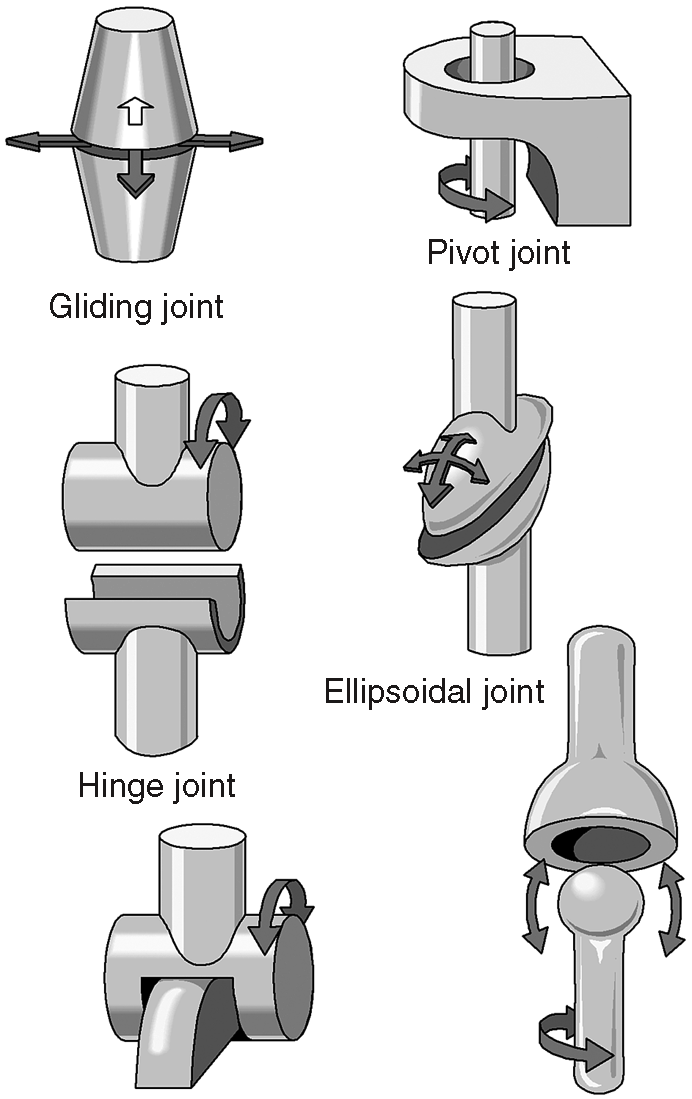 To check the condition of the wheel bearings and hub bushings, you need to raise the ATV with a jack and shake the wheels vertically and horizontally - if there is play, one of these parts is worn out. Most often these are bearings. You also need to check all the suspension arms for play - perhaps ball bearings or silent blocks need to be replaced.
To check the condition of the wheel bearings and hub bushings, you need to raise the ATV with a jack and shake the wheels vertically and horizontally - if there is play, one of these parts is worn out. Most often these are bearings. You also need to check all the suspension arms for play - perhaps ball bearings or silent blocks need to be replaced.
ATV with working shock absorbers lowers and rises evenly - when pressing on the rear or front, one of the sides should not sag.
Transmission. Gearboxes must be free of oil leaks and cracks. The oil in them can be checked by lowering a plastic clamp into the filler neck or unscrewing the drain bolts: it’s bad if the liquid is opaque, it contains chips or other foreign particles. To check the modes of operation of the transmission, you need to jack up the front of the ATV. When all-wheel drive is on, when turning the left wheel, the right wheel should rotate in the opposite direction, and vice versa. When the differential lock is engaged, both wheels rotate in the same direction.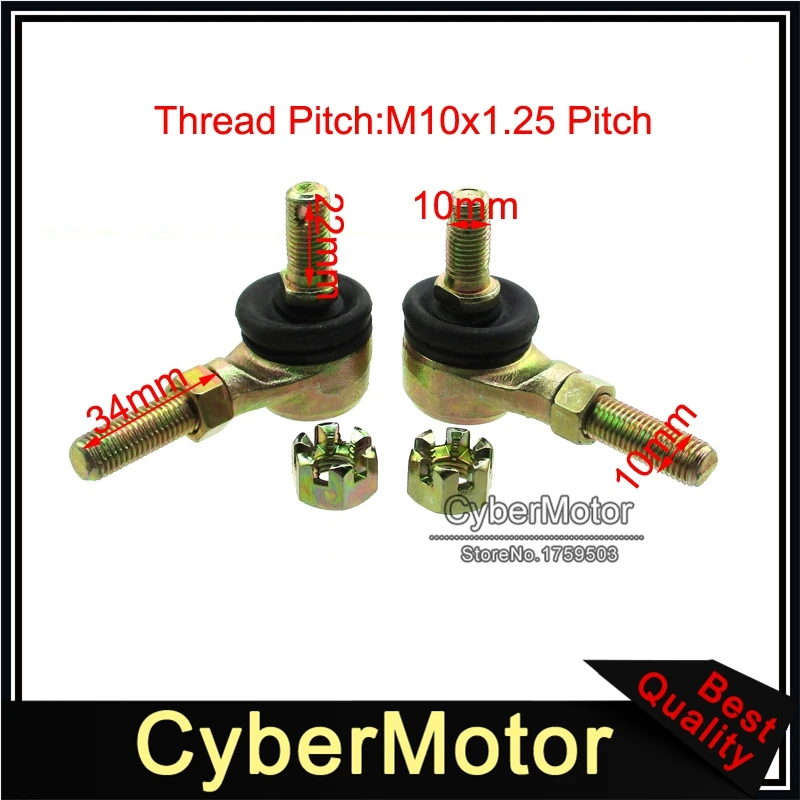 Transfers should be included without effort and crunch.
Transfers should be included without effort and crunch.
Engine. It must be free of oil. A serviceable motor starts in 2-3 seconds and works without a metallic rattle, an arbitrary increase and decrease in idle speed.
Bad sign - black oil or with foreign particles. Normally it is transparent.
A malfunction is also indicated by black, white or blue smoke from the exhaust pipe, as well as a burning smell. At idle, the exhaust gases of a serviceable ATV are almost transparent.
It is advisable to measure the compression in the cylinders - this will require a compression meter with adapters for different threads of the candles and knowledge of the normal compression value in the cylinders of a particular ATV model, taking into account the decompression meter.
Coolant . You need to check with a cold engine. The antifreeze level must be between the minimum mark "LOW" and the maximum "FULL". The liquid should not be cloudy. If there is sediment or dirty “flakes” under the radiator cap, the motor was poorly maintained and may have overheated.
If there is sediment or dirty “flakes” under the radiator cap, the motor was poorly maintained and may have overheated.
Air filter . If there are oil stains on it, most likely the ATV turned over.
Electrical . It is necessary to check the operation of the parking lights, high and low beams, turn signals, alarms, horns, heating, winches. Error indicators - for example, an electric booster - should go out when the engine is started.
Electric power steering . With the ATV running and jacked up, turn the steering wheel left, right, then center. With a working electric power steering, the steering wheel does not turn on its own.
Frame. Cracks, extensive corrosion, welding spots, peeled or fresh paint in the places where the suspension arms are attached, on the arms themselves and on the bottom of the frame - a reason to refuse to buy. Cracks or welding in the cargo platform area are not critical.